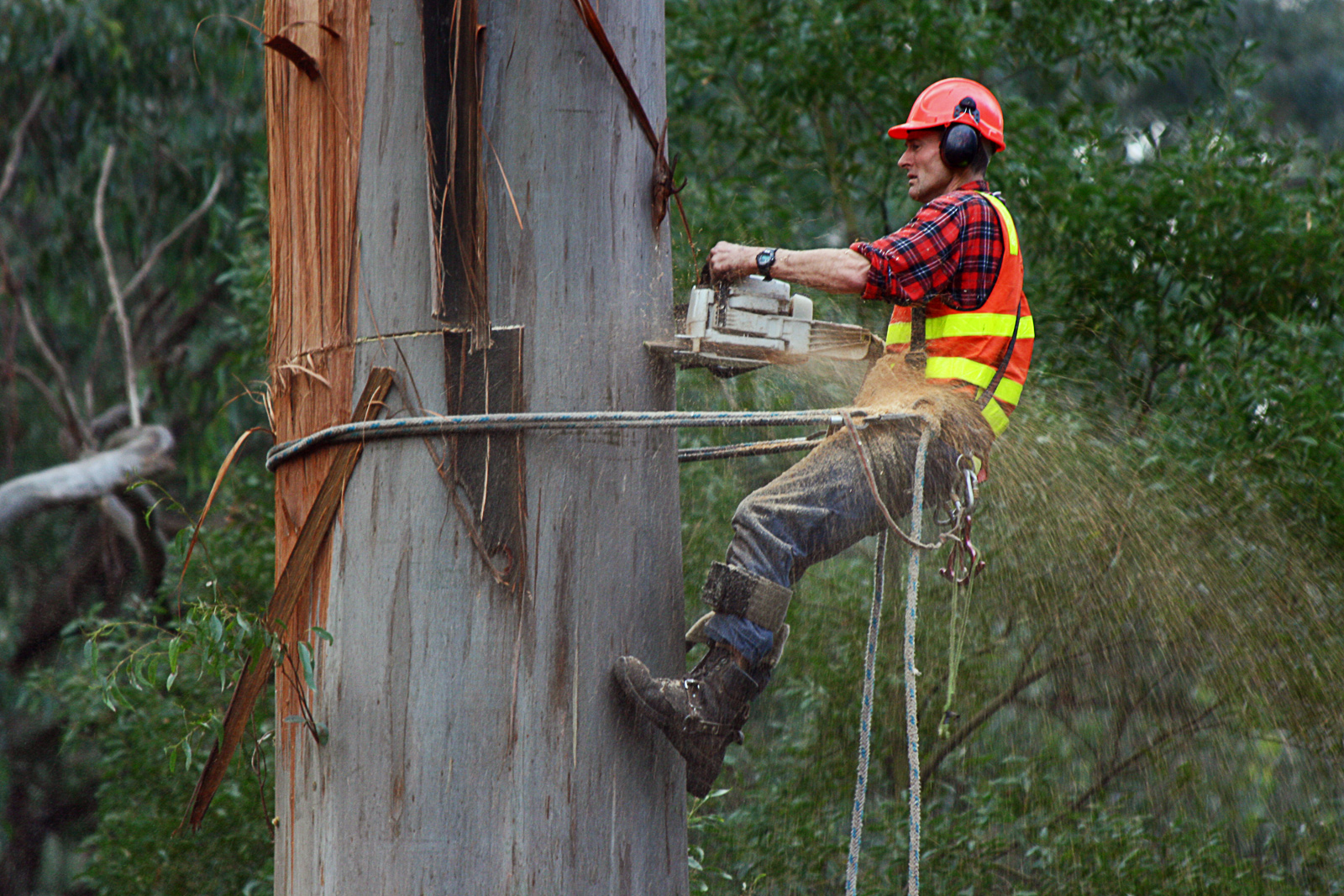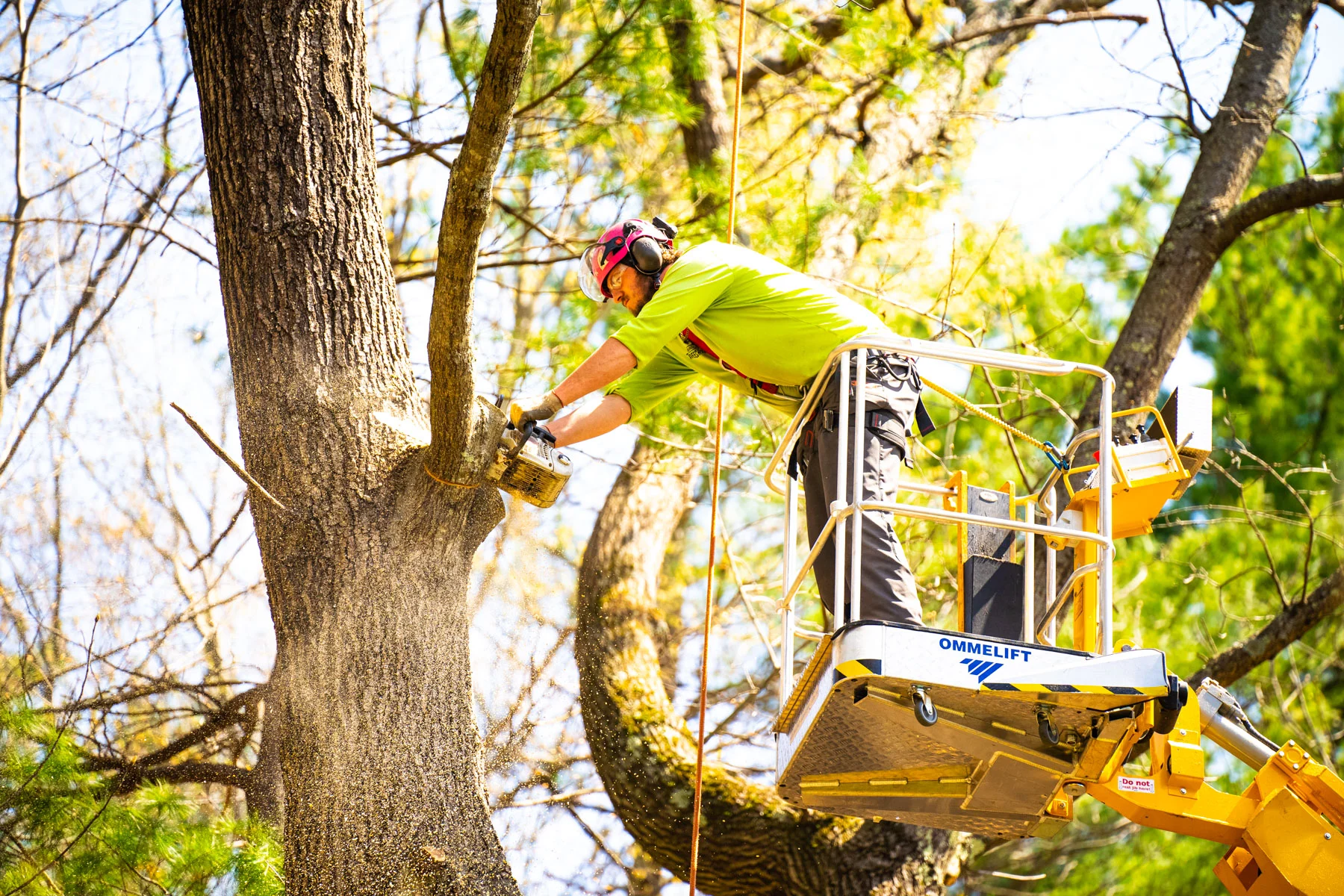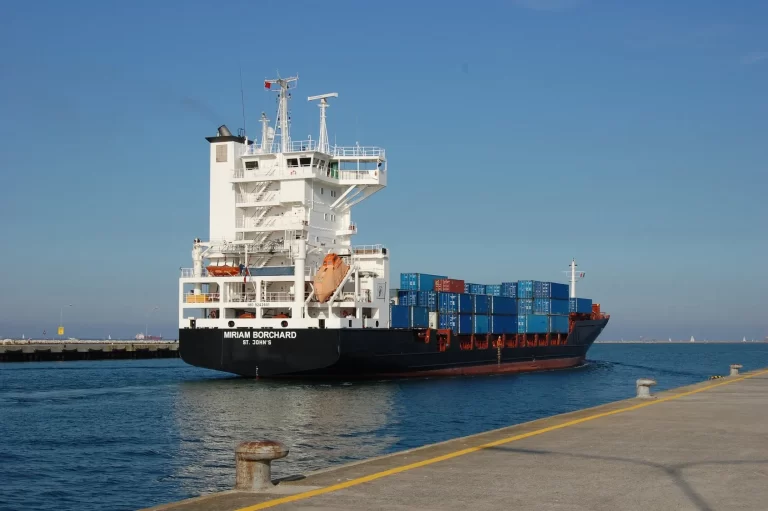Emergency tree services play a crucial role in addressing immediate risks posed by trees during natural disasters, severe weather events, or sudden structural failures. Tree surgeons, also known as arborists or tree care professionals, are often called upon to provide emergency tree services to mitigate hazards and ensure public safety. This data report aims to analyze the frequency, types, and outcomes of emergency tree services provided by tree surgeons.
Methodology:
Data for this report was collected from [insert source or sources], comprising records of emergency tree service calls received by tree surgeon companies over a [insert time period]. Information collected included the date and time of service requests, location of incidents, types of emergencies encountered (e.g., fallen trees, hazardous limbs), actions taken by tree surgeons, and outcomes (e.g., tree removal, pruning, property damage).
Key Findings:
- Frequency of Emergency Calls:
A total of [insert number] emergency tree service calls were received by tree surgeon companies during the study period.
Emergency calls were distributed throughout the study period, with spikes observed during periods of severe weather, storms, and natural disasters.
- Types of Emergencies:
The most common types of emergencies reported were:
- Fallen trees blocking roads or driveways.
- Hazardous limbs hanging over structures or utility lines.
- Trees uprooted or leaning dangerously.
- Other emergencies included tree damage caused by lightning strikes, high winds, or heavy snowfall.
- Actions Taken by Tree Surgeons:
Tree surgeons responded promptly to emergency calls, dispatching teams to assess and address hazards as quickly as possible.

Common actions taken by tree surgeons included:
- Tree removal to clear roadways and eliminate hazards.
- Pruning or trimming of hazardous limbs to prevent property damage or injury.
- Emergency bracing or cabling to stabilize weakened trees.
Outcomes:
The majority of emergency tree service calls resulted in successful mitigation of hazards and restoration of safety.
In some cases, property damage or injuries were reported due to fallen trees or limbs, highlighting the importance of prompt response and effective risk management.
Conclusion:
Emergency tree services provided by tree surgeons play a critical role in mitigating hazards and ensuring public safety during natural disasters and severe weather events. By analyzing the frequency, types, and outcomes of emergency calls, this data report provides valuable insights into the challenges faced and actions taken by tree surgeons companies in responding to tree-related emergencies. Effective emergency preparedness, prompt response times, and professional expertise are essential components of successful emergency tree services, contributing to the resilience and safety of communities.









